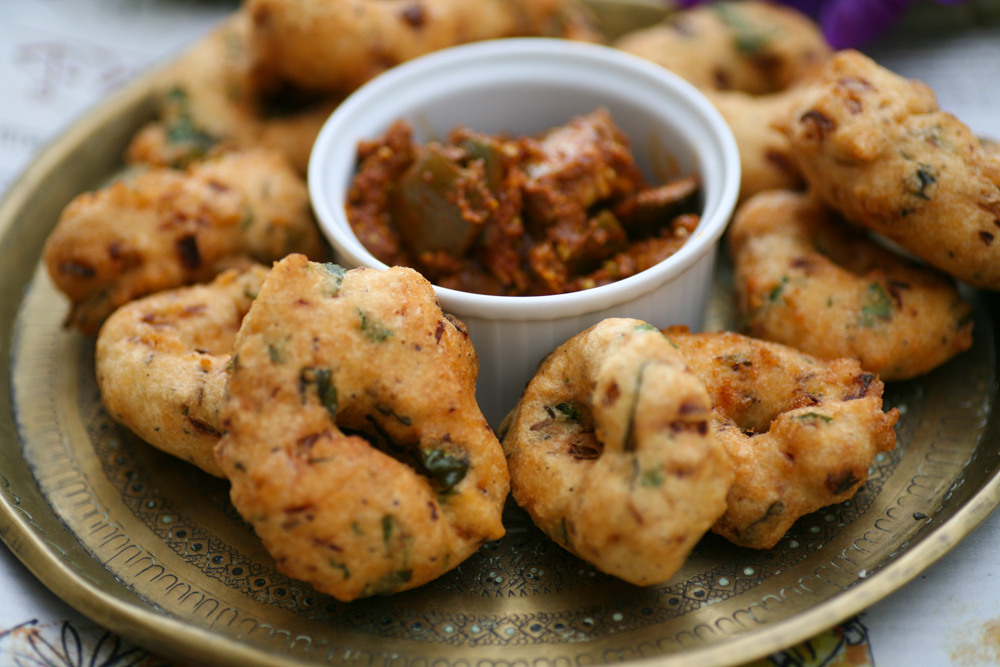Berlin has a wealth of wonderful brunch and lunch spots so my list is not exhaustive, but instead some of the places I (or my sources) visited and recommend. I travelled with my husband and two daughters (13 and 10) recently and we all enjoyed the offerings at each establishment. Have a read and if you visit any I would love to hear what you think or perhaps you have some that you would add to the list.
Cafe Krone: Oderberger Str 38
Mon-Fri: 9-4pm Sat-Sun: 9.30-6.30pm(Sun) and 7pm (Sat)
There is always a crowd waiting to eat at this buzzy hip eatery in Prenzlauer Berg, although the wait is never very long. It’s near to the Mauerpark flee market, as well as the smaller and more refined flee market, ‘Flohmarkt Arkonaplatz’, both of which operate on Sundays. Cafe Krone offers a range of delicious hot drinks and brunch options including: ‘shakshuka’, ‘eggs benedict’, ‘eggs cooked anyway’, ‘pancakes’, ‘croissants’ – basically something to appeal to every palate. A great place to relax and enjoy the Berlin buzz and plan your adventures for the day ahead.
Jabe Alte Schönhauser Str. 7-8, Mitte
Mon-Fri: 11.30-4pm, Sat: 12-11.30pm, Sun: 1-9.30pm
If you fancy a Japanese fix then head to Jabe for some seriously tasty Japanese fare. There are a number of starters – or what they call ‘titbits’ to share, such as ‘tebasaki’, ‘grilled tako’, ‘tomorokoshi’, ‘and ‘gyoza’ and then mains including a wide range of ‘udon bowls’, for example: ‘teriyaki don bowl’, ‘salmon truffle bowl’ and ‘kitzune bowl’, as well as a four different types of ‘salmon sashimi’. The place has good zen – as you would expect from a Japanese eatery and is a good pitstop for lunch (or dinner).
Mischke Fleischerei Schönhauser Allee 144
Mon-Fri 8-6.30pm, closed wkends
This butchers shop is a great place to have lunch if you want something quick and typically German. There is a wide range meats with sides and sauces at reasonable prices. You can order anything from soups to schnitzel, although we opted for the traditional German sausage, which they heat up for you. You can sit outside or perch at high stools at little tables. It’s authentic and tasty so definitely worth a look in when you are in Berlin.
 photo credit @cecconisberlin
photo credit @cecconisberlin
Cecconi Torstrasse 1, 10119
Monday – Friday: 11.30am – midnight
Saturday: 11am – midnight
Sunday: 11am – 11pm
Nestled on the ground floor of private members club, Soho House Berlin, Cecconi’s offers the public weekend brunch options, as well as all week lunch and dinner. It’s focus is Italian food – with tasty homemade pasta and seafood dishes to tempt diners. It’s sophisticated cool vibes create the perfect setting to pass a couple of hours eating and drinking and generally just soaking up the Berlin atmosphere.
Monsieur Vuong Alte Schönhauser Str. 46
Mon-Thurs: 12am-11pm
Fri-Sun: 12am-12pm
Did you know that the Vietnamese community make up 1.16% of all Berliners? As such there are a host of delicious Vietnamese restaurants spread across the city, which is good news for Berliners and tourists alike. I adore Vietnamese food so it was only natural that I would find myself gravitating to this cuisine on more than one occasion on my recent visit to Berlin.
Monsieur Vuong lies in the heart of the Mitte district (not far from Jabe in fact). The restaurant stands out with its red and yellow awning and its red leather benches outside. Inside the walls are painted orange and pink and there is always a buzz that attracts a hip crowd. The menu is short – as all good menus should be – with changing specials every two days. The food was fresh, light and zingy with delicious cocktails on offer too. Definitely worth a visit when you are in Berlin.
 Photo credit @vaguesouvenir
Photo credit @vaguesouvenir
Cafe Einstein Stammhaus Kurfürstenstr. 58, 10785
Mon-Sun: 8am-midnight
If you are seeking old school Viennese glamour and charm, then make a bee line to Cafe Einstein Stammhaus in the Tiergarten neighbourhood – it’s the perfect place for bunch whilst reading a newspaper on wooden rolls. It is housed in an Italian neoclassical villa in one of Europe’s great old coffeehouses. It’s waiters are dressed in black and white suits, and marble-topped tables with leather banquettes make the Viennese-inspired cafe feel like a relic of pre-war Berlin. It’s great for breakfast, brunch, lunch or dinner and is the perfect place to get your apfel strudel fix.
Film aficionados will recognise the place as the tense cafe scene in Tarantino’s Inglourious Basterds.
W-Der Imbiss Kastanienallee 49, 10119
Sun – Thu: 12pm – 10pm
Fri – Sat: 12pm – 11pm
It was the amusing use of the logo (you’ll see what I mean when you look at the photo below) that initially caught our attention to this Vegetarian Indo-Mexi-Cali-Ital fusion restaurant. Quite a mix hey! We were drawn to the thali – which is the Indian version of Spanish tapas – lots of small dishes so you can try a wide range of things. It was always busy when we passed by, so made a mental note to visit it before we left. It’s self service, albeit you give your order at the counter and in turn are given a number. When it’s called out they bring it to your table. It’s small and intimate inside with more tables outside for diners to spill out to. It’s fun, well priced and nice to have some Indian spice in another European city for a change.
Do you have any favourite brunch or lunch spots that you gravitate to when you are in Berlin? I would love to know so do share in the comments section below.









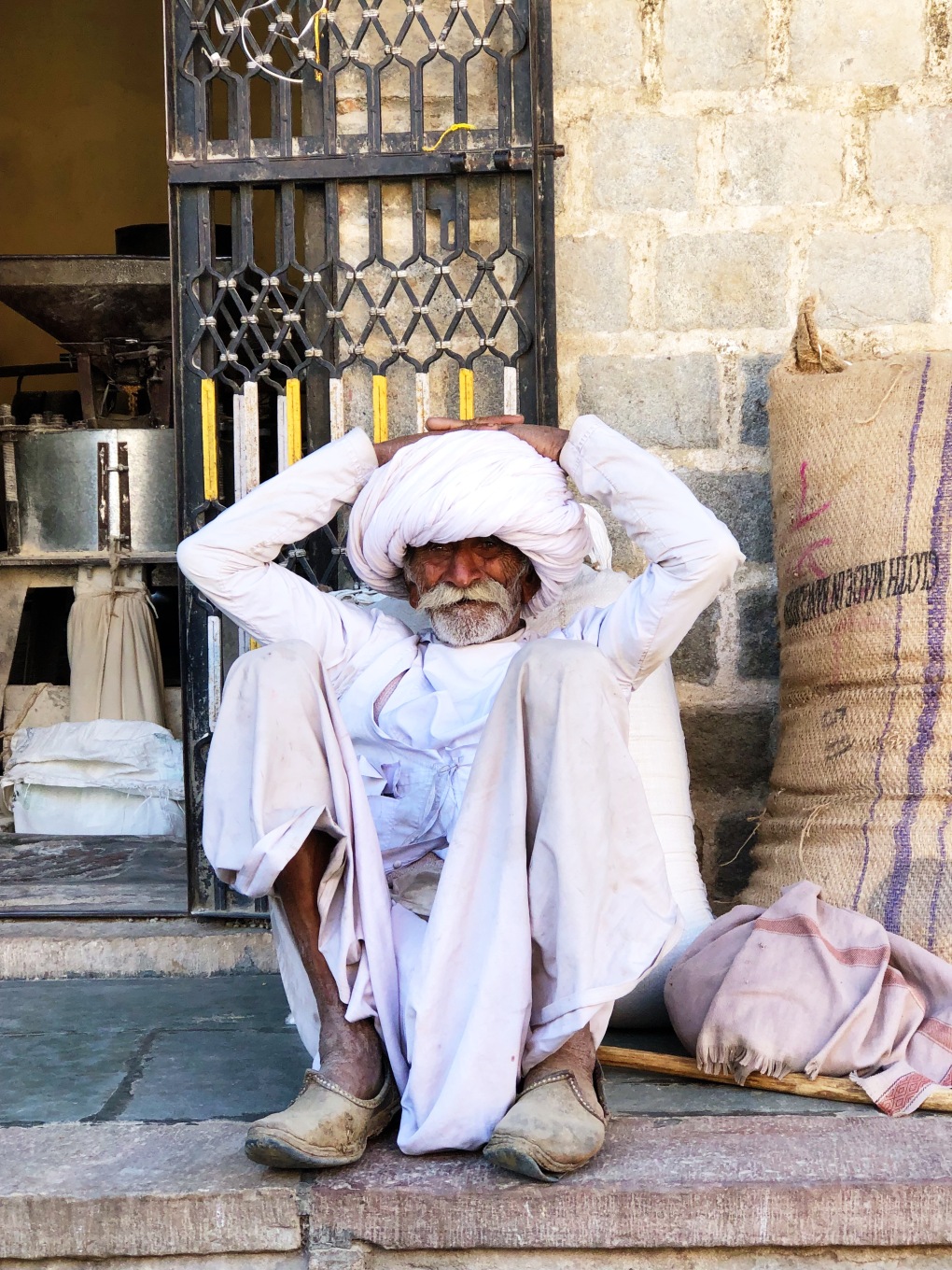







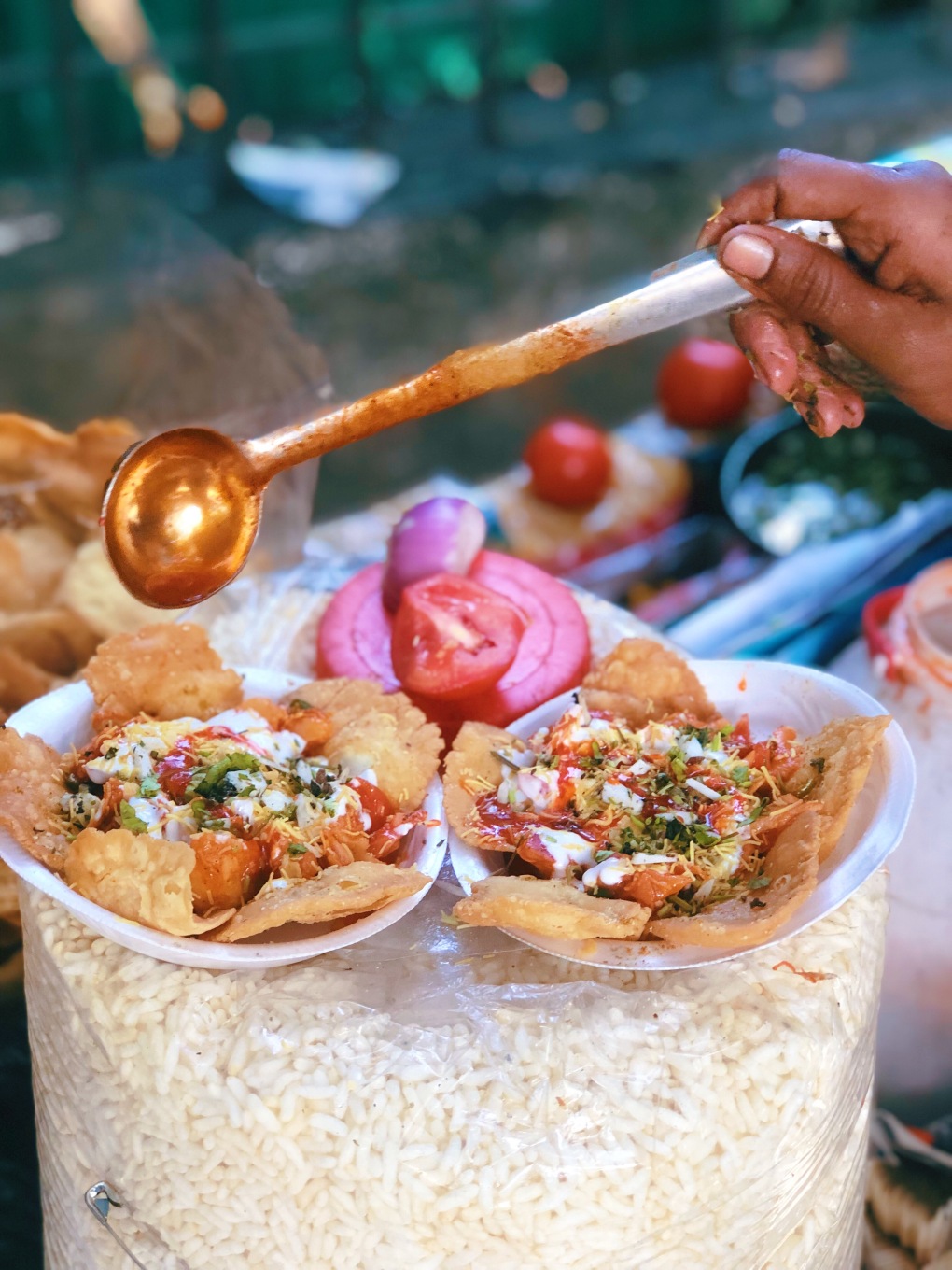







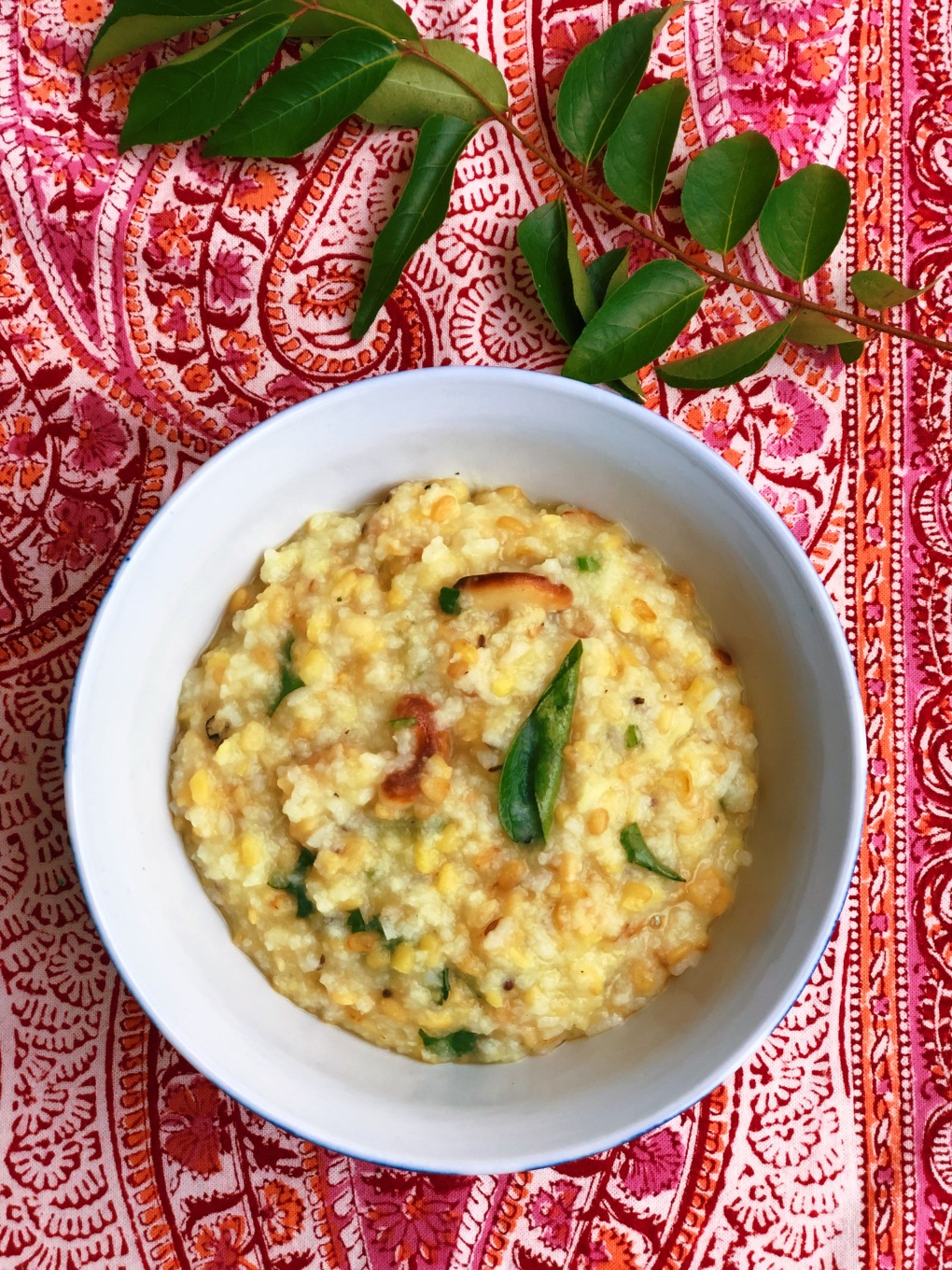
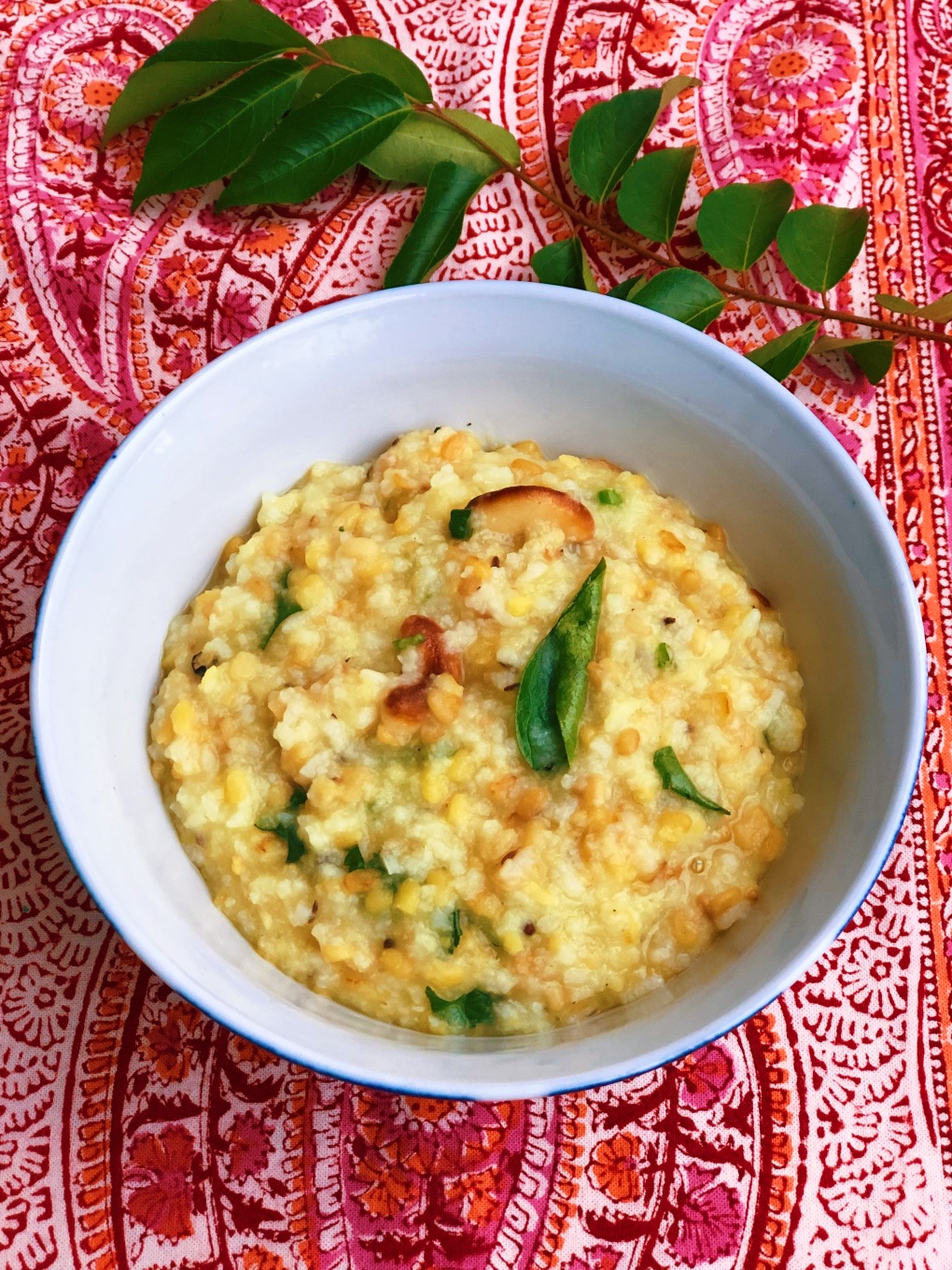






































 I want to introduce you to a new kid in town that will seriously impress you.
I want to introduce you to a new kid in town that will seriously impress you.

